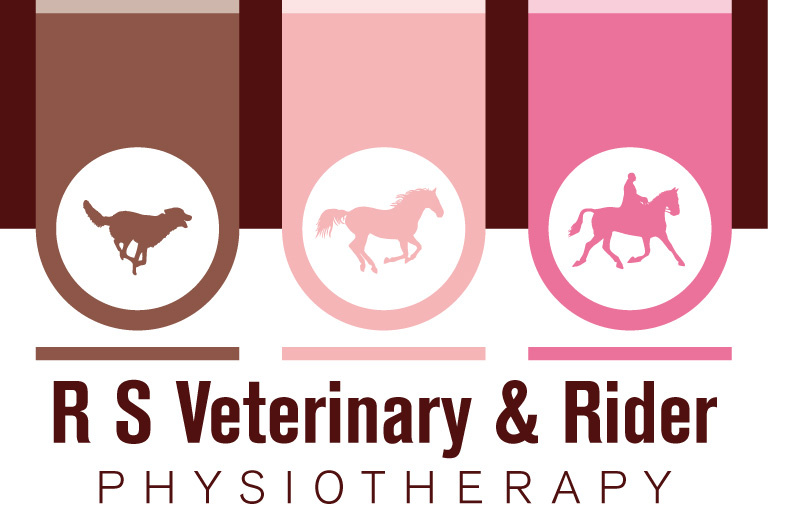CORE CONCEPTS
There is a growing wealth of information available on the internet, books and courses on the importance of strengthening the ‘core’, relating to both horse and rider. Pilates classes aimed specifically at horse riders are increasingly popular and owners/ trainers are assured of the benefits of certain lungeing/ riding aids for improving their horse’s core.
However, do you really understand exactly what the ‘core’ is, or its importance in the function of horse and rider? Apart from obvious differences in the human as an upright bipedal and the horse as a quadruped, there are a surprising number of similarities in anatomy and physiological function. The ‘core’ muscles comprise of a group of muscles whose primary role is to raise intra-abdominal pressure and increase pressure in the fascia, or tissue surrounding the muscles in the thoracolumbar area. This provides a degree of support and ‘stability’ to the spine.
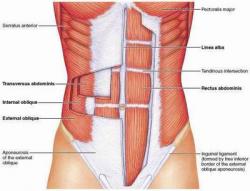
In the human these muscles are located between the diaphragm and pelvic floor and hip girdle, forming a corset around the trunk and spine. The ‘core’ muscles of the horse comprise of muscles around the spine and abdominal muscles. The ‘string and bow’ theory describes the effect of strengthening these muscles to aid greater stability to the back when the horse is asked to carry a saddle and rider (I will talk more about this in my next blog).
Back pain is a common loss of performance for both horses and people. Studies have revealed that back pain can result in reduced activation of the muscles such as multifidus and transversus abdominus, both in people and horses. Back pain may be a primary problem, or secondary to another problem, such as hindlimb lameness in the horse, or hip/knee pain in the human. In either case, compensatory movement patterns and postures are likely to occur, such as reduced spinal movement and or stride length/ limb movements.
We all have a level of asymmetry acquired through injuries and activities that we carry out on a daily basis in the same movement patterns. In an ideal world, to achieve better symmetry we would carry out all the tasks we do on a daily basis, such as mucking out, sweeping the yard, using our right and left sides evenly. We tend to favour our dominant side to carry out these tasks as it is quick, easy and requires minimal effort from the brain in transferring the messages required to perform the required movements. This leads to the muscles on this side becoming shortened and often overused.
Poor lumbo-pelvic posture in the rider is often associated with related biomechanical factors. The rider with an anteriorly tilted pelvic posture will generally present with an increased lumbar lordosis and tight, shortened hip flexors and tensor fascia latae. Gluteus maximus and hamstrings and the key core muscles (trans abs; multifidus; internal obliques) will often be lengthened and weak.
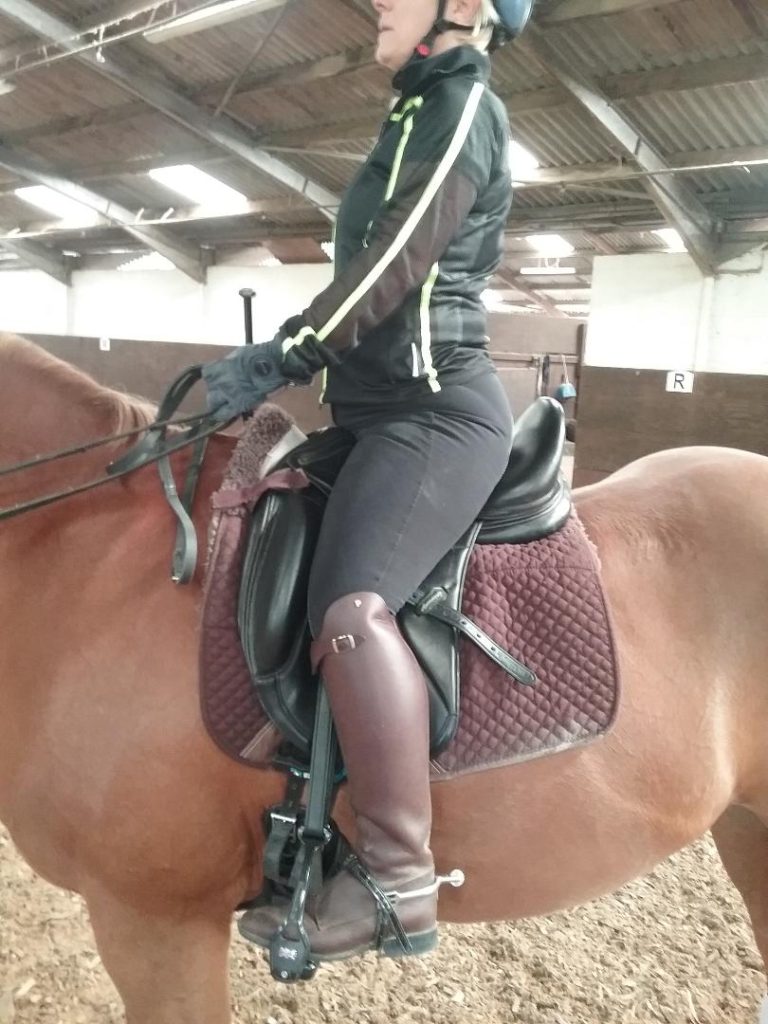
Conversely, the posteriorly tilted pelvic posture may be found in people who spend a lot of time sitting in front of desks in a poor posture and tends to be associated with tight hamstrings and gluteals with weak psoas and lower paraspinal muscles
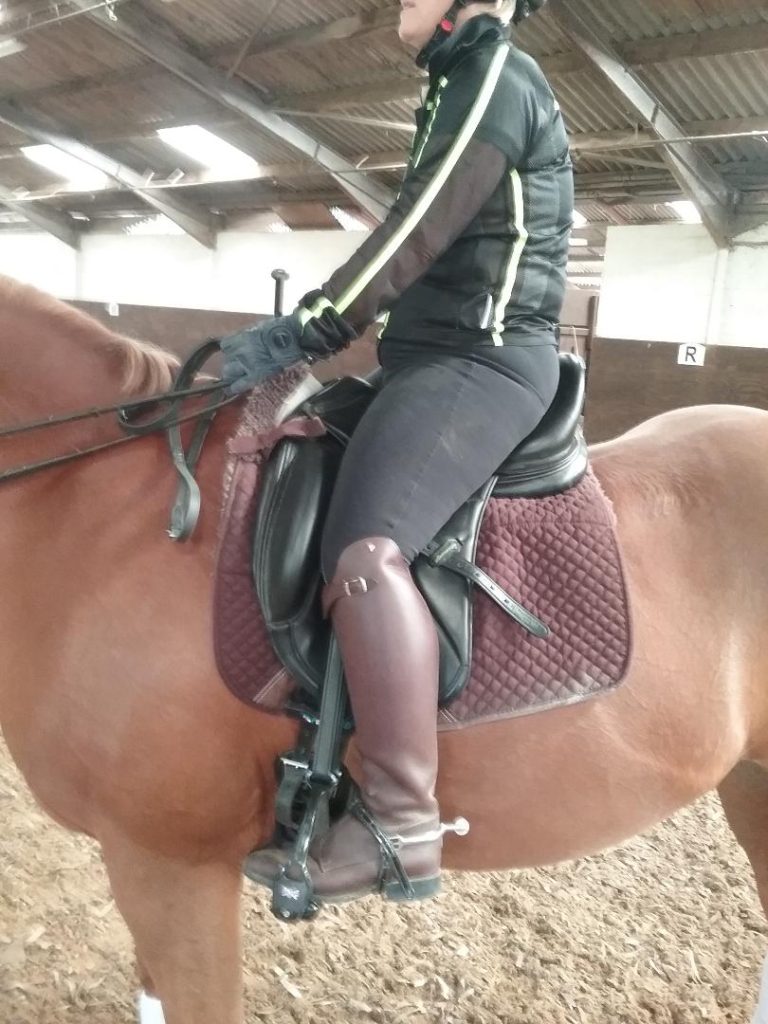
Studies have shown that rider weight causes overall extension of the horse’s back, particularly in sitting trot or during the sitting phase of rising trot. Posterior tilting of the pelvis tends to cause an increase in pressure around the wither and shoulders which may contribute to injuries in this area.
Lateral imbalance will also cause increased pressure on the horse’s back, which over time can cause muscle soreness and loss of performance and muscle imbalance in the horse.
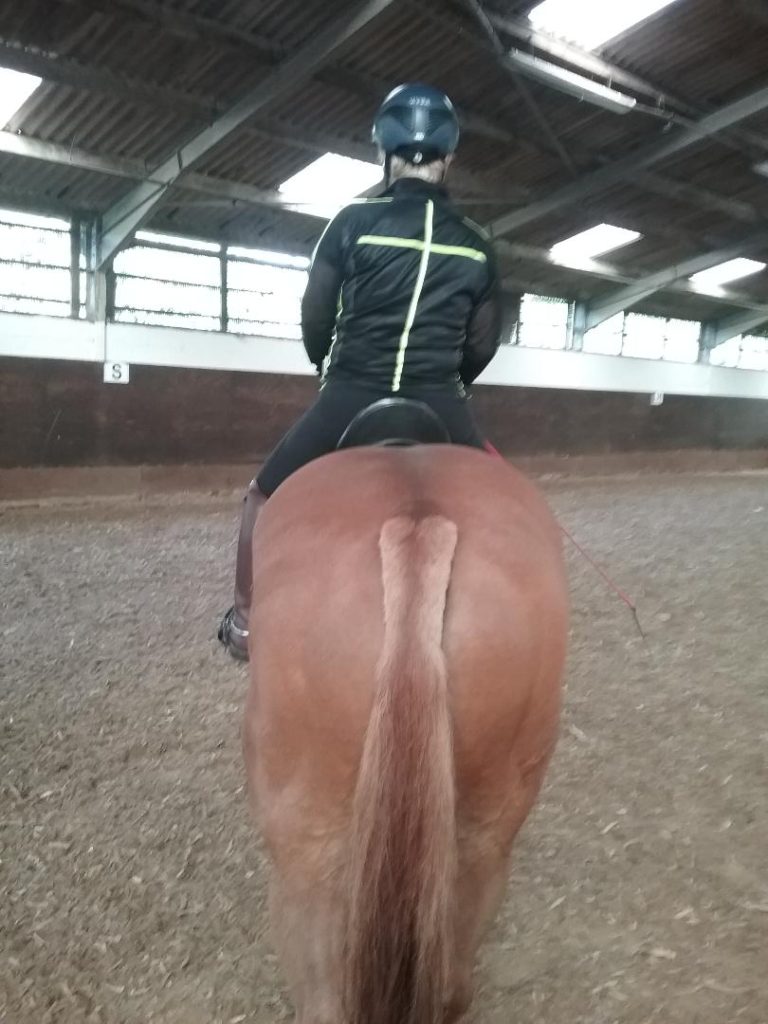
Any postural imbalance in the rider will affect movement patterns of the lower back, which can effectively ‘block’ the horse by creating tension and preventing the horse from moving freely.
It is obviously important, therefore that as riders we ensure that we strive to achieve a balanced posture and train the horse in a way that allows him to develop the correct muscles to support the rider’s weight (relating back to the string and bow theory mentioned above). This applies to any horse, whether they are a hack or an elite equine athlete.
So, how can we achieve this perfect postural balance?
This brings us back to ‘core stability’, defined as ‘the ability to control position and motion of the trunk over the pelvis to allow optimum production, transfer and control of force and motion’.
Pilates exercises can help to strengthen those all important core muscles which we know will help us to achieve that perfect position to be able to influence our horse. It is also often claimed that Core strengthening exercises will cure that back pain that many of us suffer from.
However, although these exercises can certainly help us to achieve greater postural control and may often help with back pain, it is important to address the underlying postural imbalances that may be contributing to poor posture and associated pain. If there is stiffness through the lumbar spine, core strengthening alone will not necessarily help. Normal movement patterns and flexibility should first be resolved, along with addressing muscle imbalances. Current research indicates that core stability exercises have no greater long term significance in improving chronic low back pain than general exercise. It is best, therefore, to include a range of exercise to include core strengthening, flexibility and general strengthening and cardiovascular exercise.
If you are struggling with back or hip pain, or straightness issues, a Chartered Physiotherapist who specialises in rider assessments will be able to help highlight imbalances and suggest suitable exercises to help address these.
Next time I will talk more about core stability in the horse, associated issues and how to address these.
